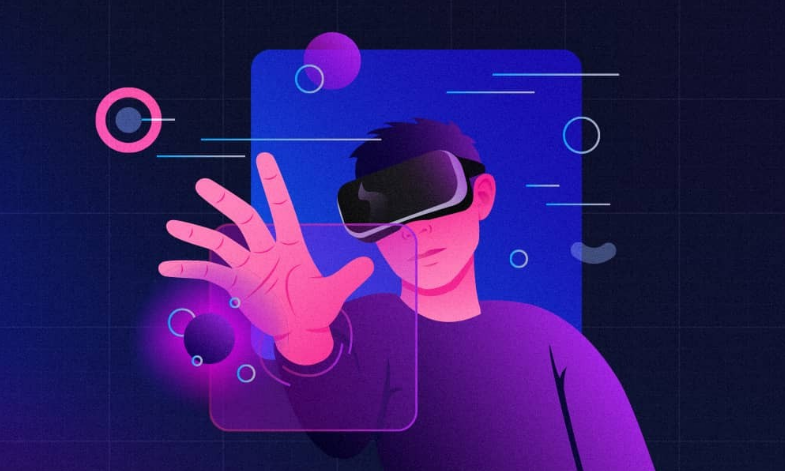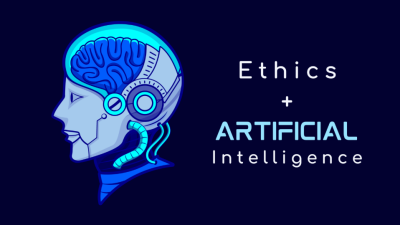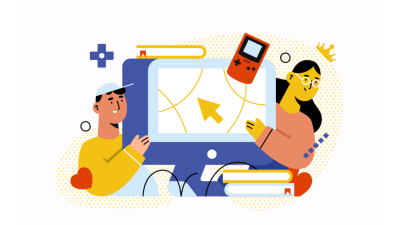Remember when creating augmented reality applications required building every component from scratch?
Those days are rapidly becoming ancient history.
Transfer learning has transformed how developers approach AR projects.
This powerful approach allows teams to leverage pre-existing knowledge rather than starting from zero every time.
The impact on development timelines and application capabilities has been nothing short of revolutionary.
What Makes Transfer Learning Essential for AR
At its core, augmented reality requires solving complex problems.
Object recognition, environmental mapping, and gesture tracking all demand sophisticated algorithms.
Building these systems from the ground up consumed enormous resources.
Many teams simply couldn’t afford the time or expertise required.
Transfer learning changes this equation entirely.
It allows developers to start with pre-trained models that already understand core concepts.
These foundations can then be refined for specific AR applications with minimal additional training.
This approach dramatically lowers the barriers to creating powerful AR experiences.
How Transfer Learning Works in AR Development
Transfer learning operates on a surprisingly simple principle.
Models trained on one task often contain knowledge applicable to related tasks.
A neural network trained to recognize cats and dogs has already learned to identify edges, textures, and shapes.
These fundamental skills transfer effectively to recognizing other objects in AR environments.
Developers can preserve these lower-level capabilities while retraining only the specialized layers.
This process requires significantly less data and computational resources than starting from scratch.
The result is faster development cycles and more capable AR applications.
To learn more about implementing advanced AR strategies, visit our homepage.
Computer Vision: The Perfect Transfer Learning Candidate
Computer vision represents the most common transfer learning application in AR.
Pre-trained vision models already excel at identifying objects, people, and environments.
Adapting these models for AR-specific tasks proves remarkably effective.
A retail AR app might start with a general object recognition model.
With minimal additional training, it can specialize in identifying specific product categories.
This approach delivers high accuracy without requiring millions of product images for training.
Developers can achieve enterprise-grade recognition capabilities with reasonable dataset sizes.
The efficiency gains compared to building custom models are extraordinary.
From Recognition to Tracking: Extended Capabilities
Transfer learning extends beyond simple object recognition.
Motion tracking models benefit tremendously from pre-trained foundations.
Hand gesture recognition systems can build upon models trained on general human movement.
Environmental understanding leverages existing spatial mapping capabilities.
Even facial expression tracking builds upon general facial recognition models.
These complex capabilities would require massive investments if developed independently.
Transfer learning makes them accessible to development teams of all sizes.
This democratization has accelerated innovation throughout the AR industry.
Real-World Development Impacts
The practical benefits of transfer learning in AR development are substantial.
Project timelines shrink from months to weeks for many common features.
Teams can focus resources on unique application features rather than rebuilding solved problems.
Smaller companies can compete effectively with larger corporations by leveraging shared knowledge.
Rapid prototyping becomes possible even for sophisticated AR concepts.
Development costs decrease while application capabilities increase.
This combination has enabled an explosion of innovative AR applications across industries.
Cross-Domain Knowledge Transfer
Perhaps most exciting is transfer learning’s ability to cross traditional domain boundaries.
Models trained for autonomous vehicles contribute valuable environmental understanding to AR systems.
Medical imaging algorithms inform AR healthcare applications.
Industrial inspection systems enhance AR maintenance solutions.
This cross-pollination accelerates progress across the entire field.
Knowledge accumulated in one domain becomes immediately useful in others.
The collaborative effect multiplies development efficiency across the entire AR ecosystem.
Fine-Tuning for Specific AR Applications
Effective transfer learning isn’t simply about using pre-trained models as-is.
Fine-tuning for specific use cases remains critical.
Industrial AR applications might need specialized training for recognizing machinery components.
Navigation systems require location-specific environmental understanding.
Entertainment applications demand particular gesture recognition capabilities.
Transfer learning provides the foundation, but customization delivers the competitive edge.
The balance between leveraging existing knowledge and developing specialized capabilities defines successful AR implementations.
Overcoming Transfer Learning Challenges in AR
Despite its benefits, transfer learning presents unique challenges in AR contexts.
Real-time performance requirements constrain model complexity.
Mobile device limitations necessitate aggressive optimization.
Domain shifts between training data and AR applications require careful handling.
Privacy considerations affect what data can be used for fine-tuning.
Successful AR developers have pioneered strategies to address these challenges.
Model compression techniques reduce computational demands without sacrificing accuracy.
On-device training approaches preserve privacy while enabling personalization.
Domain adaptation methods bridge the gap between training environments and real-world use.
These solutions have made transfer learning practical for production AR applications.
The Technical Implementation Process
Implementing transfer learning for AR typically follows a structured approach.
Developers begin by selecting appropriate pre-trained models from established libraries.
They then remove the final classification layers while preserving the feature extraction capabilities.
New specialized layers tailored to the specific AR application replace these removed components.
A carefully curated dataset trains these new layers without disturbing the pre-trained foundations.
Optimization techniques then prepare the model for mobile deployment.
This process balances preservation of valuable pre-trained knowledge with adaptation to new requirements.
The result is a highly efficient development workflow that delivers powerful AR capabilities.
Future Directions for Transfer Learning in AR
Transfer learning continues evolving rapidly alongside AR technology.
Multi-modal transfer learning combines visual, audio, and spatial understanding.
Self-supervised approaches reduce dependency on labeled training data.
Federated techniques enable collaborative improvement while preserving privacy.
Transfer learning will likely become even more central to AR development in coming years.
As models grow more sophisticated, their transferable value increases proportionally.
The gap between inception and implementation for new AR capabilities will continue shrinking.
Conclusion
Transfer learning has fundamentally transformed augmented reality development.
By enabling developers to build upon existing knowledge rather than starting fresh, it has accelerated innovation throughout the industry.
Complex capabilities that once required massive resources are now accessible to teams of all sizes.
As transfer learning techniques continue to advance, we’ll see increasingly sophisticated AR applications emerging at an accelerating pace.
The future of AR development isn’t about solving the same problems repeatedly.
It’s about building upon collective knowledge to create experiences that were previously impossible.
Transfer learning is making that future possible today.





